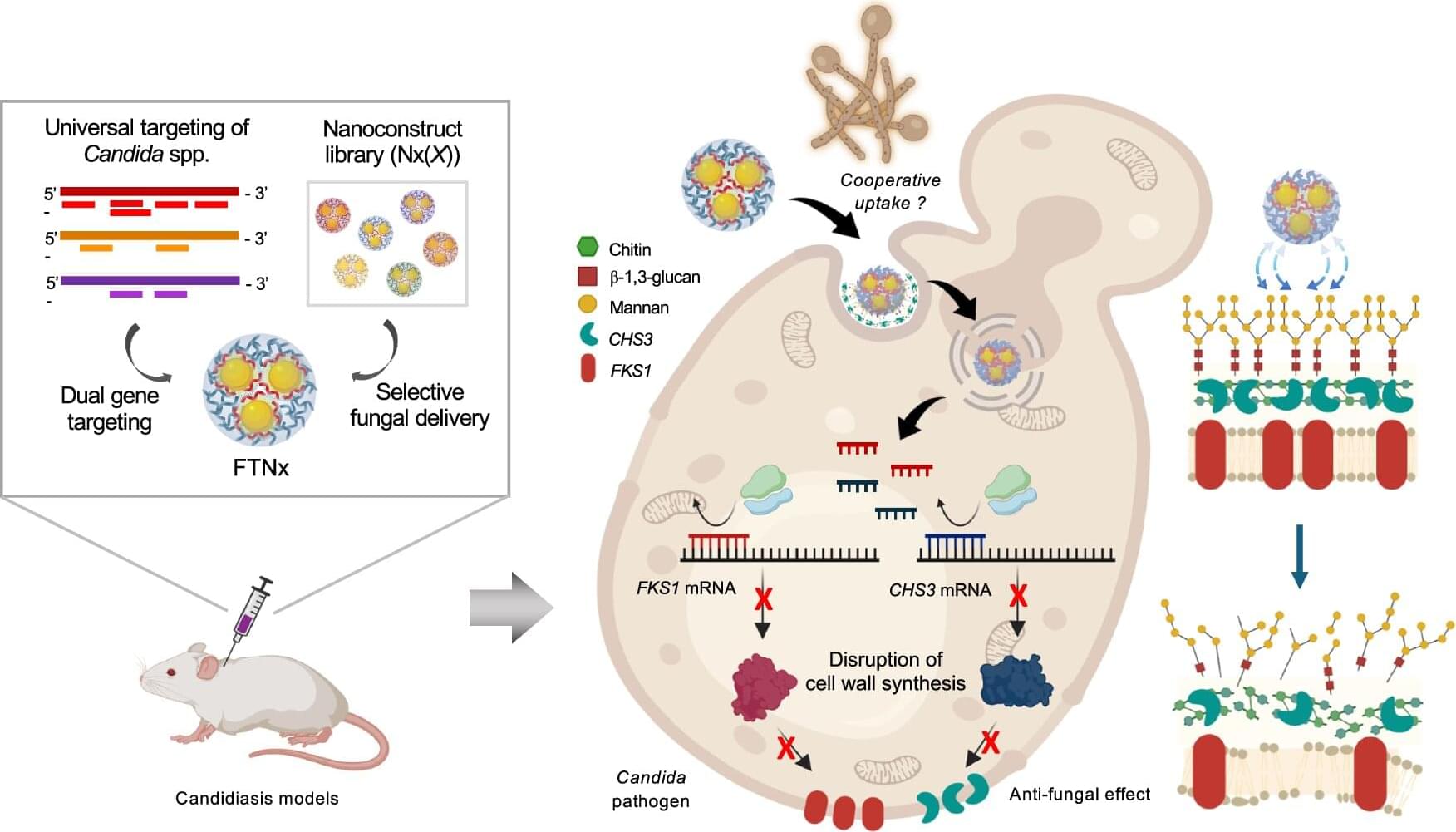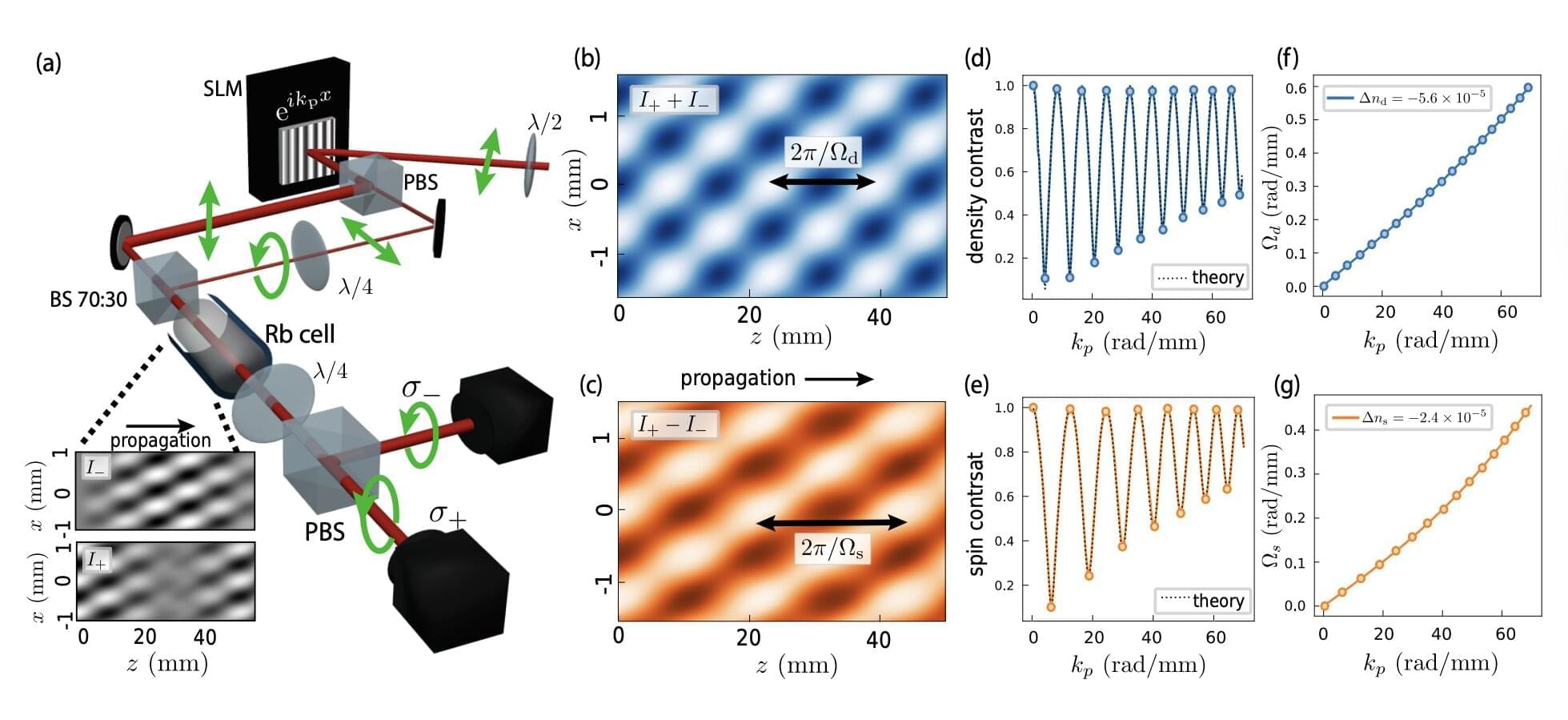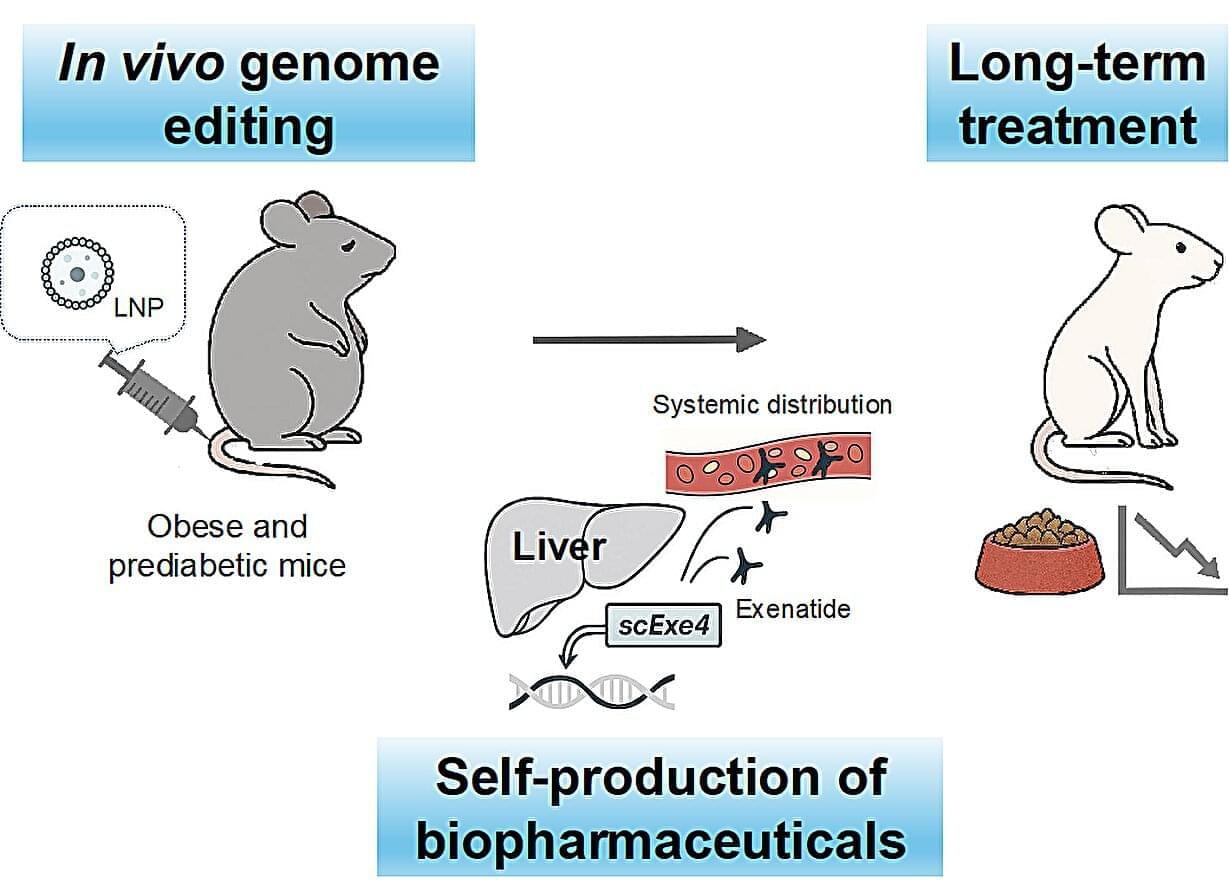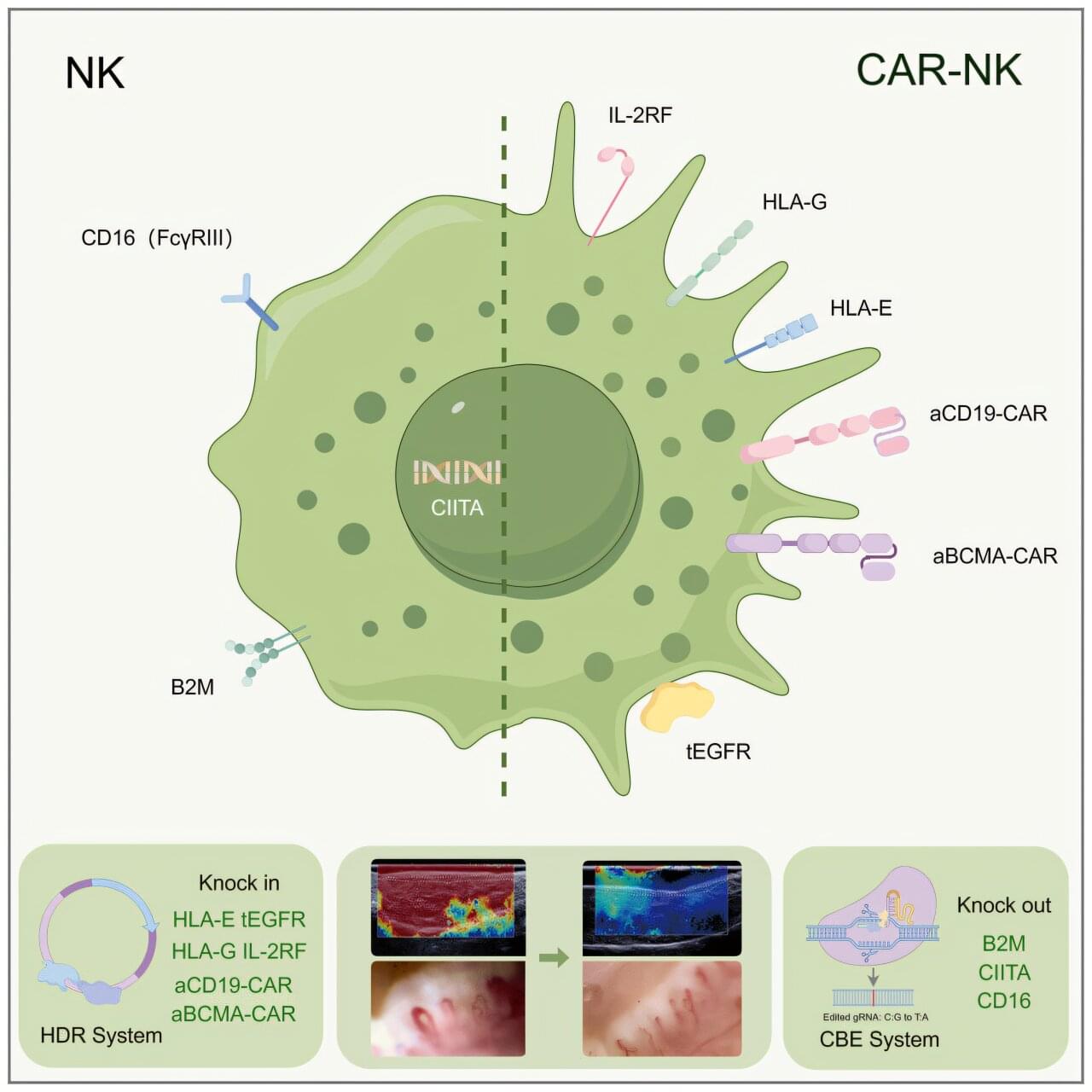A team of researchers from Universidad Carlos III de Madrid (UC3M), the Massachusetts Institute of Technology (MIT) and Adobe Research have presented Imprinto, a system for embedding invisible digital information in printed documents using infrared ink and a special camera. This technology introduces a new generation of hybrid interfaces between paper and augmented reality.
The tool, recently presented at the Conference on Human Factors in Computing Systems (CHI 2025) held in Yokohama, Japan, has been developed with the aim of enabling advanced interaction with physical documents, without altering their visual appearance. The study is published in the Proceedings of the 2025 CHI Conference on Human Factors in Computing Systems.
“Imprinto uses an infrared ink that is invisible to the human eye but detectable by means of a near-infrared camera, such as those that can be integrated into mobile devices by simply modifying the photographic sensor,” explains one of the driving forces behind the project, Raúl García Martín, from UC3M’s Department of Electronic Technology.








